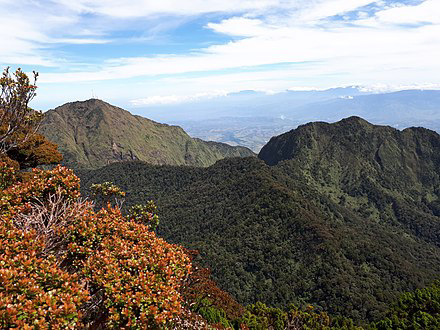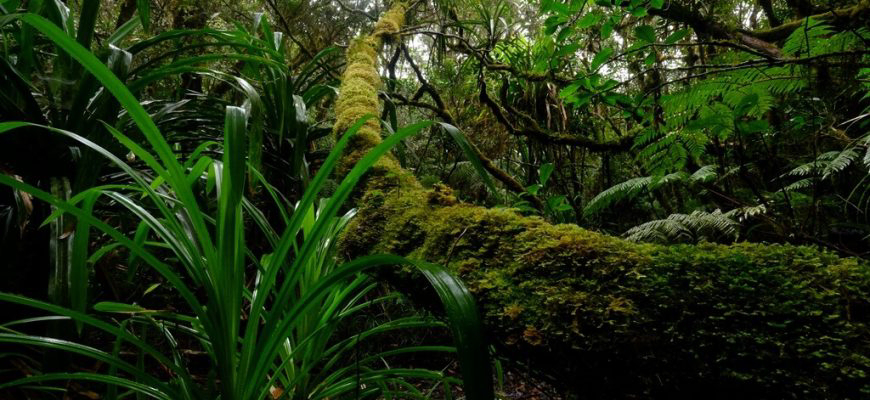Exploring the Majestic Kitanglad Mountain Range in Bukidnon
Are you ready to take on a challenge and conquer one of the highest peaks in the Philippines? Look no further than Mount Dulang-dulang, the second highest mountain in the country, located in the province of Bukidnon in the island of Mindanao. With its breathtaking view and rich ecosystem, this mountain is a must-visit destination for Filipino mountaineers and adventure seekers alike.
In this beginner's guide, we will explore the wonders of Mount Dulang-dulang, from its highest elevation peak to the ancestral domains of the indigenous Talaandig and Higaonon tribes. Let's dive in and discover the beauty of this natural wonder.
Introduction to Mount Dulang-dulang
If you're looking for a challenging climb that promises a rewarding view, Mount Dulang-dulang is the perfect destination. Standing at 2,941 metres (9,649 ft) above sea level, this mountain is the second highest in the Philippines, just after Mount Apo in Davao. Mount Dulang-dulang is a part of the Kitanglad Mountain Range and is located in the province of Bukidnon, Mindanao.
History and significance of Dulang-dulang:
Mount Dulang-dulang's rich history and cultural significance can be traced back to its two neighboring peaks -- Mount Kitanglad and Mount Kalatungan. These three peaks were believed to be the guardians of the ancestral domain of the Talaandig tribe of Lantapan, Bukidnon. The Talaandig tribe saw these mountains as a sacred place, where their guardian spirits reside.
Flora and Fauna of Dulang-dulang:
Mount Dulang-dulang is known for its rich and diverse ecosystem. It is home to various animal species such as bats, squirrels, monkeys, wild boars, flying lemurs, shrews, and deer. The Philippine eagle, one of the country's most important and endangered species, can also be found in the area. The mountain's lush forests are home to various flora species as well, including rare orchids, pitcher plants, and giant ferns.
Geographical features of Dulang-dulang:
Mount Dulang-dulang is surrounded by three major rivers -- the Maagnao River, Sawaga River, and Alanib River. These rivers are tributaries of the Pulangi River, which provides irrigation to the neighboring provinces. The mountain's terrain is characterized by steep cliffs, ridges, and ravines, making it a challenging climb for mountaineers.
Recommended Itinerary for Dulang-dulang climb:
Preparing for a climb to Mount Dulang-Dulang requires attention to details and proper planning, especially for beginners. The recommended itinerary for the climb includes five days and four nights, with the actual climb taking two to three days.
Day 1: Arrival at Camp 1
Day 2: Trek to Camp 2
Day 3: Trek to the summit and descend to Camp 2
Day 4: Descend to Camp 1
Day 5: Return to the jump-off point
Guide Services and Preparations:
Hiring a guide is mandatory when climbing Mount Dulang-dulang. You can inquire about guide services from accredited mountaineering groups in the area. Preparation for the climb may include physical training, securing permits and other necessary documents, and packing your gear.
Climbing Mount Dulang-dulang:
The climb to Mount Dulang-dulang can be a physically demanding experience, especially for beginners. The start of the climb involves a three-hour trek from the jump-off point to Camp 1. The trek to Camp 2 takes approximately six to eight hours, and the summit climb from Camp 2 can take up to eight hours or more.
Best time to climb Dulang-dulang:
The best time to climb Mount Dulang-dulang is during the dry season, from February to May. During this time, the weather is typically clear, and the trail is less slippery.
Required Gear and Equipment:
To ensure a safe climb, it is essential to bring the necessary gear and equipment. This includes a tent, sleeping bag and mat, warm clothes, rain gear, flashlight, food and water, first aid kit, and other essential climbing gear.
Safety Tips and Precautions:
Climbing Mount Dulang-dulang can be a thrilling and unforgettable experience, but it is important to keep in mind some safety tips and precautions. These include drinking plenty of water, being cautious while climbing steep and slippery slopes, and avoiding the trail during bad weather.
Conquering Mount Dulang-dulang can be a challenging and rewarding experience for any mountaineer, beginner or experienced. With its breathtaking view, rich culture, and diverse ecosystem, this mountain is a must-visit destination for any adventure seeker. Plan your climb, prepare your gear, and get ready to experience the majesty of Mount Dulang-dulang.




















